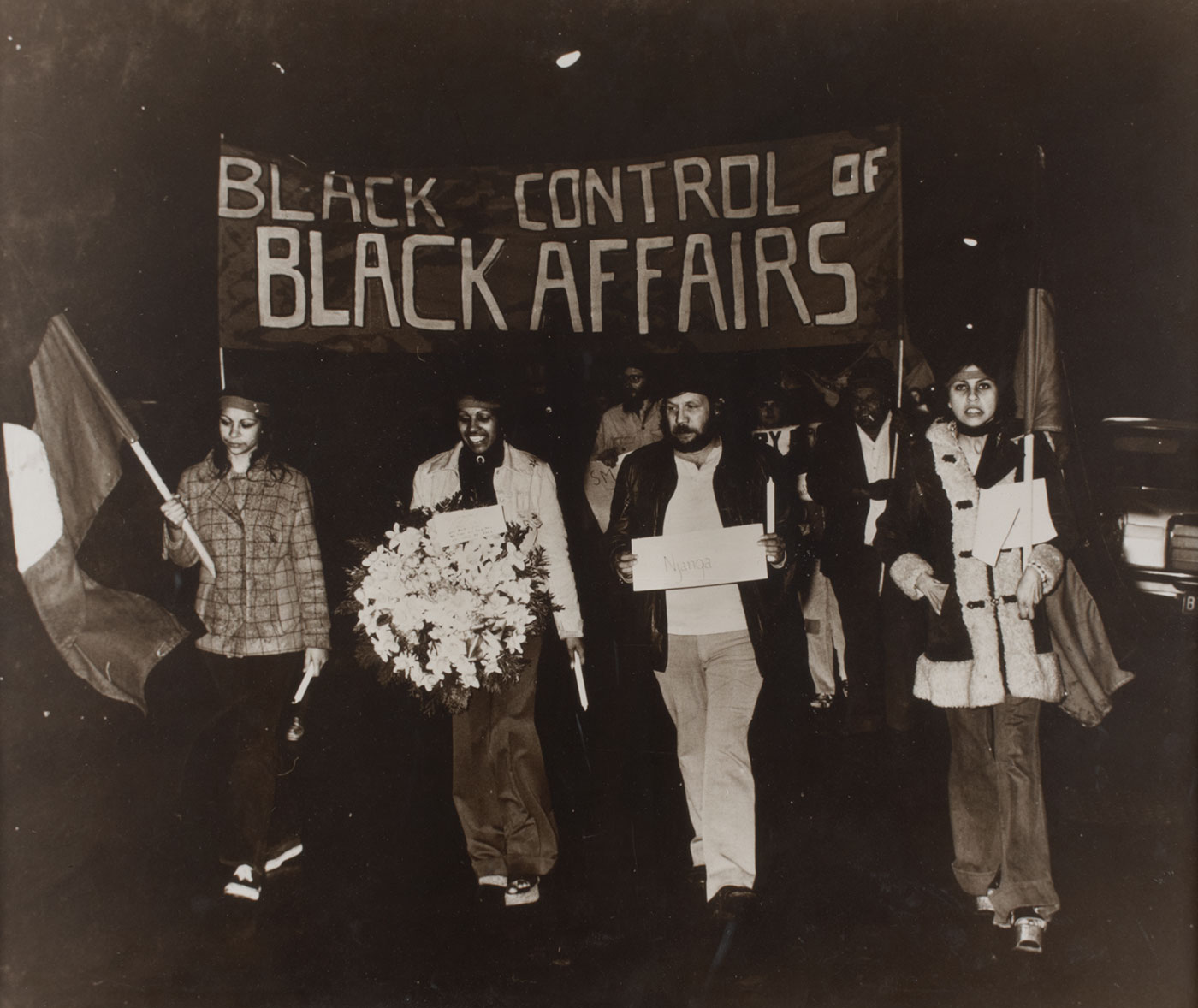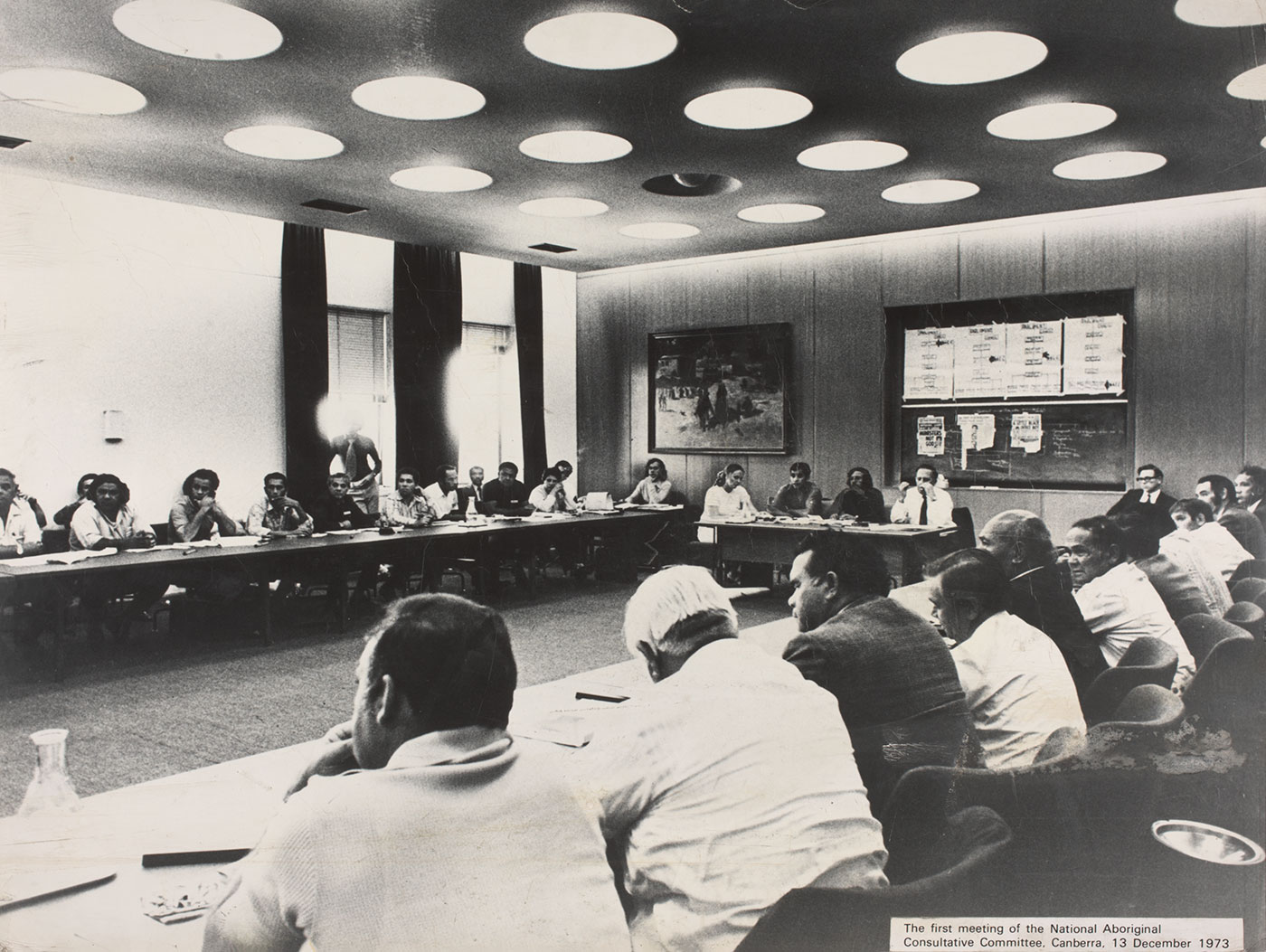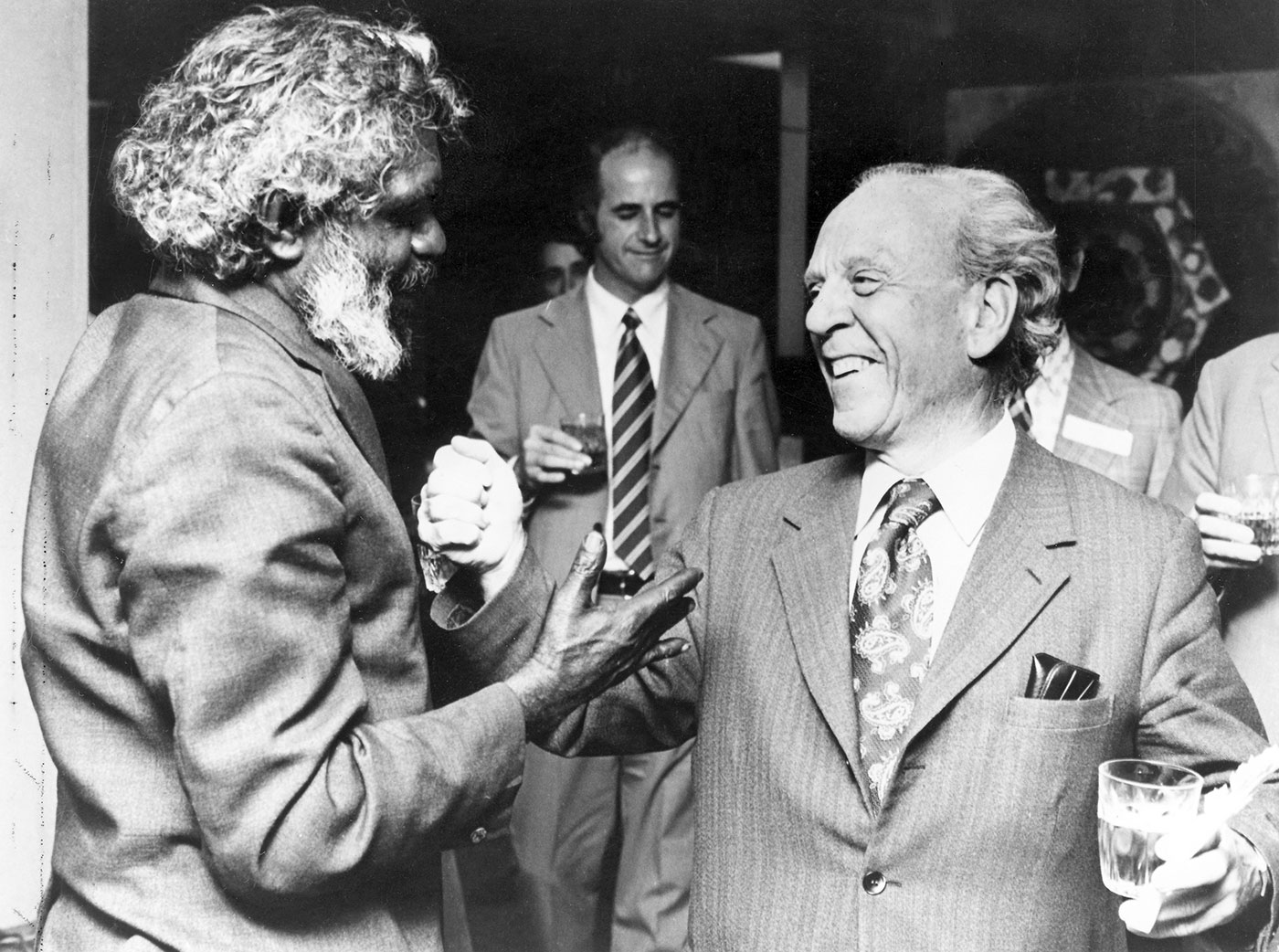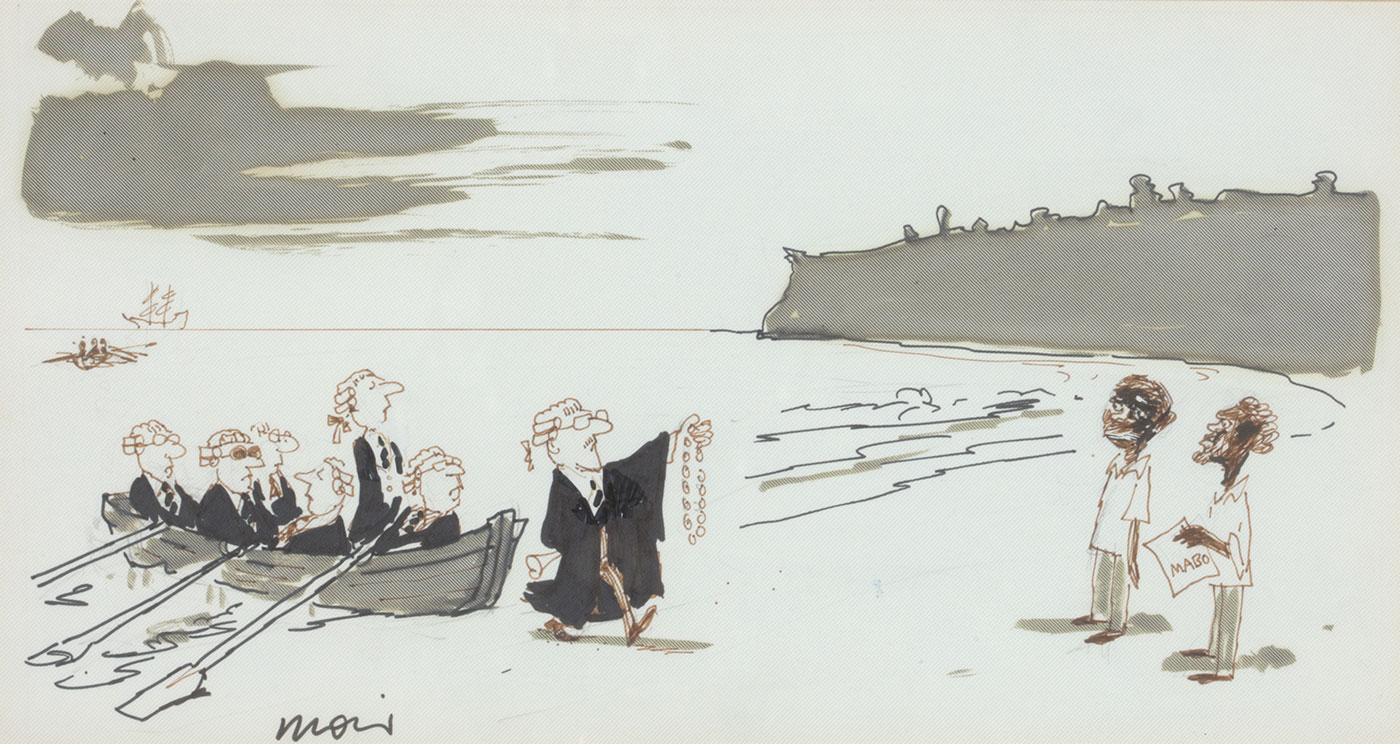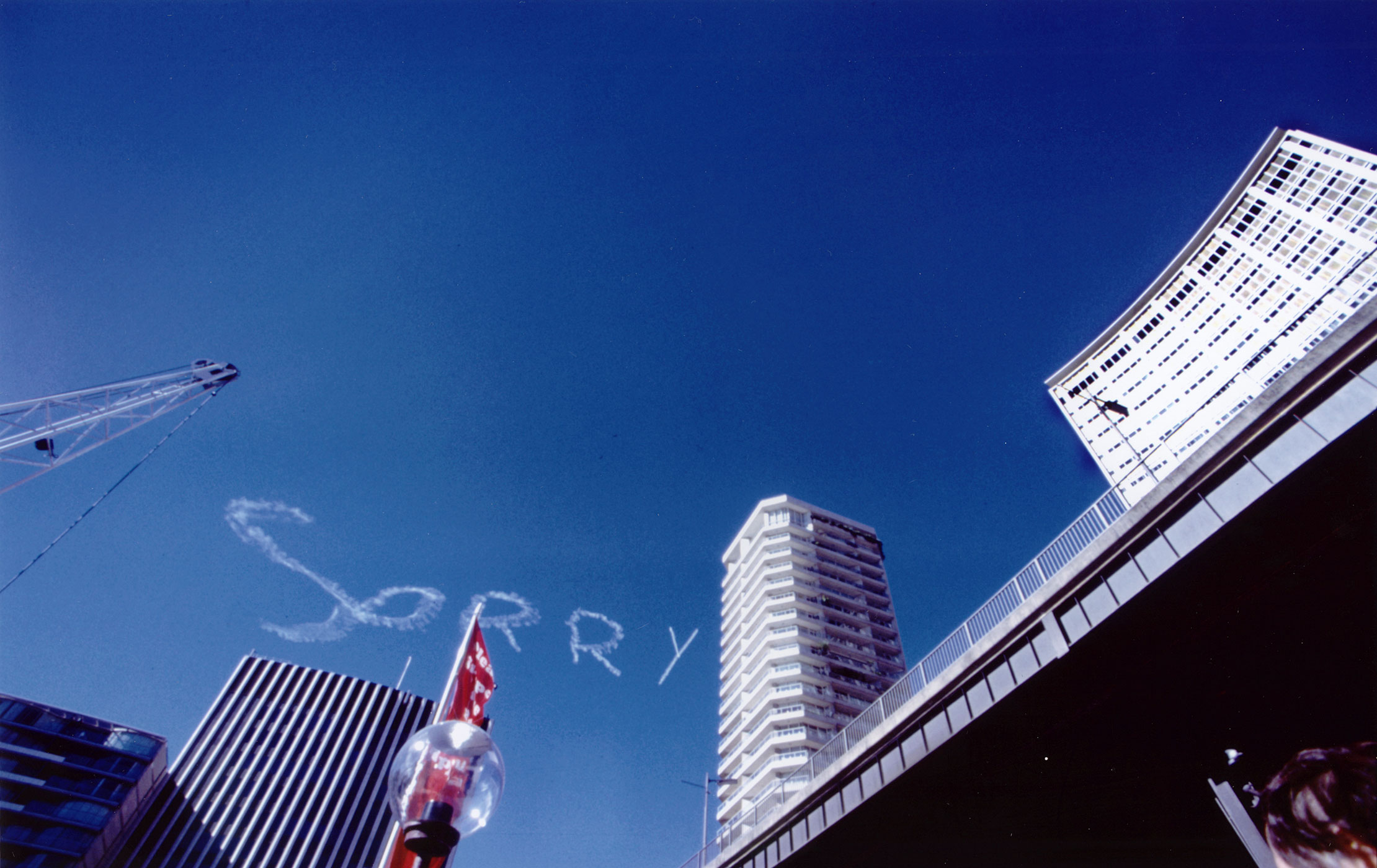Key events in Aboriginal and Torres Strait Islander history 1967–2005
This timeline includes events of national importance in the life of Australia’s First Nations people after the 1967 Referendum paved the way for the adminstration of Indigenous affairs becoming the responsibility of the federal government.
1967: Referendum: Administration of Aboriginal affairs becomes the responsibility of the federal government.
1967: Liberal Prime Minister Harold Holt creates 2 bodies in the Department of Prime Minister: the Council for Aboriginal Affairs (CAA), an advisory body, and the Office of Aboriginal Affairs (OAA), whose role is to implement policy and administer legislation.
1971: Land rights activists set up the Aboriginal Tent Embassy opposite Parliament House in Canberra. More on the Aboriginal Tent Embassy
1973: Labor Prime Minister Gough Whitlam establishes the National Aboriginal Consultative Committee as an advisory body to the Minister for Aboriginal Affairs. The committee is an elected assembly of 40 Aboriginal and Torres Strait Islander people and effectively replaces the Council for Aboriginal Affairs.
1973: The Department of Aboriginal Affairs is created as the agency with responsibility for Aboriginal affairs policy, administration and programs, replacing the Office of Aboriginal Affairs.
1973: The Aboriginal Arts Board is set up to raise awareness of contemporary Aboriginal and Torres Strait Islander arts.
1974: The Aboriginal Land Fund Act is passed to help in purchasing land.
1976: The Aboriginal Land Rights (Northern Territory) Act is passed, the first attempt by the Australian Government to legally recognise the Aboriginal system of land ownership.
1976: The National Trachoma and Eye Health Program begins.
1977: Malcolm Fraser's coalition government conducts a review of the National Aboriginal Consultative Committee and replaces it with the National Aboriginal Conference. It has a broader system of representation and is an advocate of Aboriginal and Torres Strait Islander political rights.
1978: The Northern Territory passes the Aboriginal Sacred Sites Bill, leading to the establishment of a permanent authority for the protection of sacred sites.
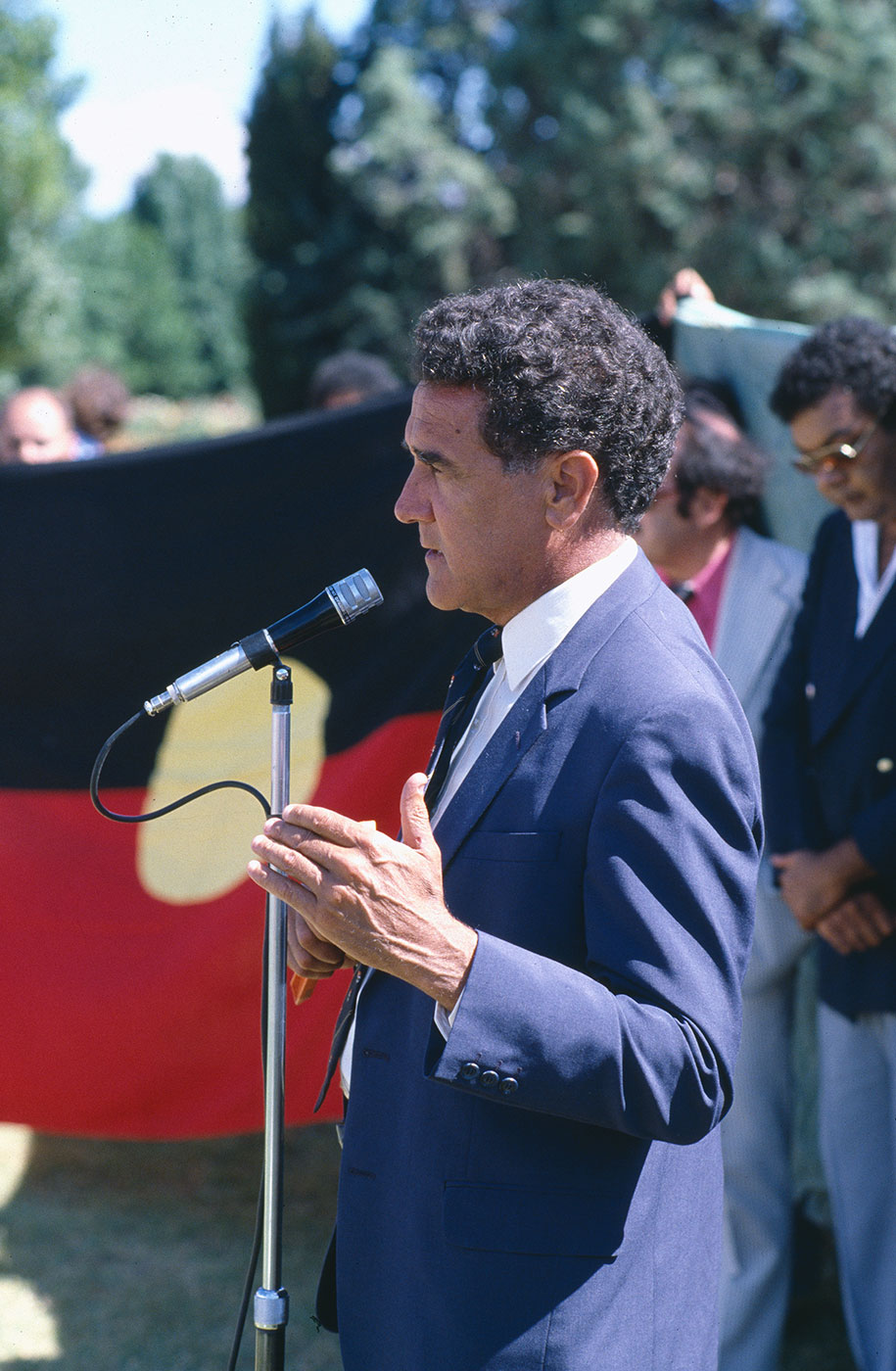
1980: The Aboriginal Development Commission replaces the Aboriginal Land Fund, to promote development, self-management and self-sufficiency. Arrernte and Kalkadoon man Charles Perkins, senior bureaucrat and campaigner for Aboriginal rights, is appointed the first chairperson of the 10-member board. More on Charles Perkins
1980: At Nookanbah, the Western Australia Government drills for oil near sacred sites.
1980: Link-Up is founded to help Aboriginal people taken from their families as children reunite with their families.
1982: Brisbane Commonwealth Games protests attract international attention.
1984: Charles Perkins is appointed to the highest government position held by an Aboriginal person: Secretary of the Department of Aboriginal Affairs.
1985: Ayers Rock/Uluru is handed back to traditional owners and is subsequently leased back to the government as the Uluru-Kata Tjuta National Park.
1985: Bob Hawke's Labor government dismantles the National Aboriginal Conference following a review.
1988: Survival Day is marked by Aboriginal people while mainstream Australian society celebrate the bicentenary of the arrival of the First Fleet on 26 January.
1989: ATSIC, the Aboriginal and Torres Strait Islander Commission, starts operations after more than two years of hotly contested debate. It is intended to combine representative and executive roles, through an organisation of regional councils and a national board elected by Aboriginal and Torres Strait Islander people. It takes over the roles of the Department of Aboriginal Affairs and the Aboriginal Development Commission.
1991: The Council for Aboriginal Reconciliation is established.
1991: The report of the Royal Commission into Aboriginal Deaths in Custody is published.
1992: 'Terra nullius' – the doctrine that Australia was 'no man's land' – is overturned by the High Court, because of the Mabo land rights case.
1992: Prime Minister Paul Keating delivers the 'Redfern speech' acknowledging past injustices to Aboriginal and Torres Strait Islander peoples.
1993: The Native Title Act is passed.
1996: Wik people are successful in a High Court case to establish that native title and pastoral leases could co-exist.
1997: Bringing Them Home is published, revealing the firsthand stories of children taken from their families.
1998: The Australian Government suspends the Racial Discrimination Act as part of a 'ten point plan' to modify/limit the Native Title Act.
1998: The Native Title Amendment Act is passed, extinguishing some native title rights.
1998: The first national 'Sorry Day' is held to remember the 'Stolen Generations'.
1999: The Australian Government issues a 'statement of deep and sincere regret' over the forced removal of Aboriginal children from their communities, but does not apologise.
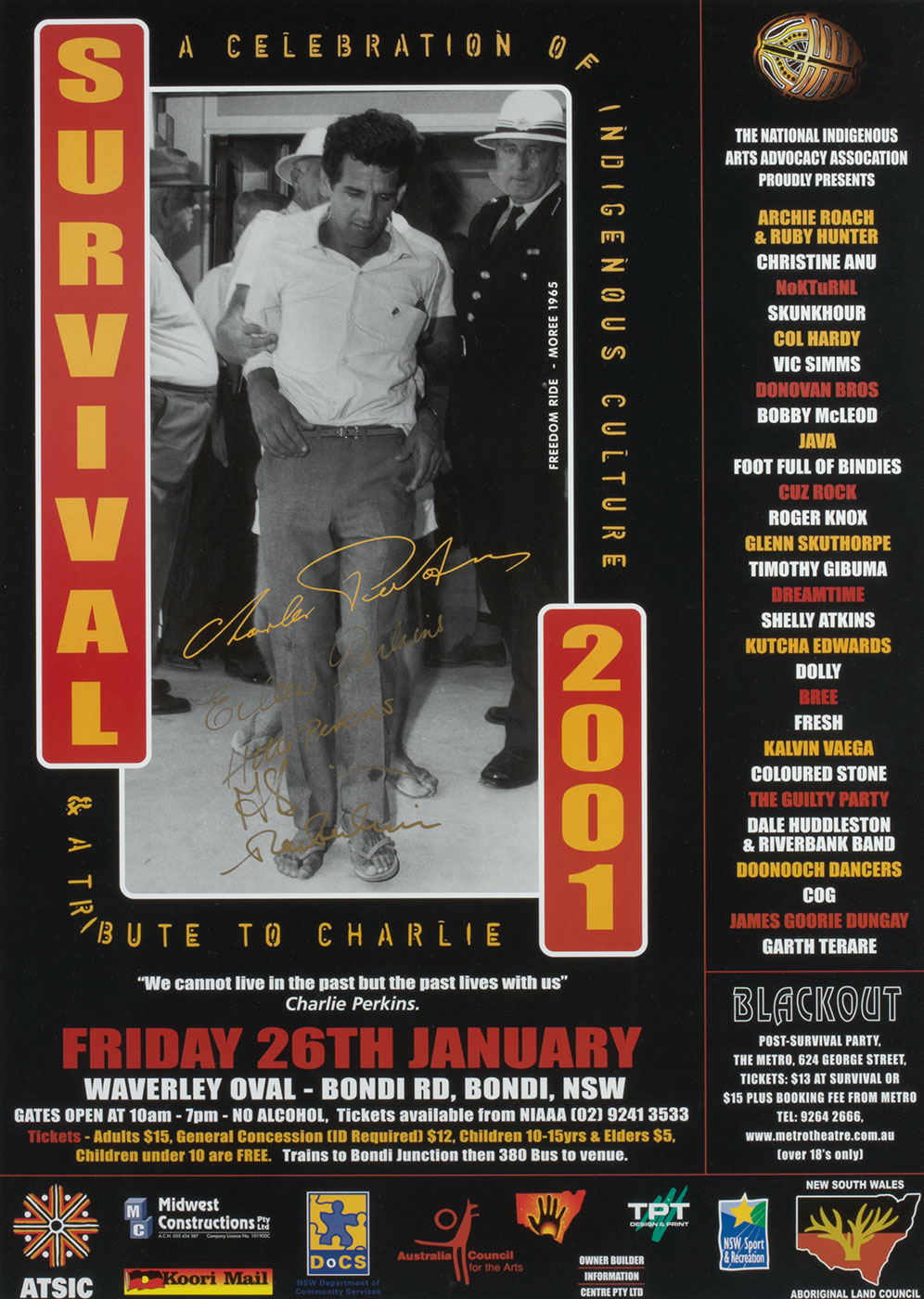
2000: Corroboree 2000 is held as the Council for Aboriginal Reconciliation nears the end of its 10-year life.
2000: Nova Peris Kneebone begins the Olympic torch relay at Uluru, Cathy Freeman lights the cauldron at the Sydney Olympics and wins a gold medal in the 400-metres event.
2000: The Australian Government denies that a 'Stolen Generations' exists.
2000: Lifelong activist and administrator Dr Charles Perkins AO dies.
2003: Following a review of ATSIC, John Howard's coalition government announces the establishment of a new executive agency, the Aboriginal and Torres Strait Islander Services. ATSIS takes over from ATSIC responsibility for administering programs and making decisions on funding for grants and other services.
2005: ATSIC, the peak Aboriginal and Torres Strait Islander representative body, is abolished and closes at midnight on 24 March. Regional offices continue to operate until 31 June.
Responsibility for programs formerly managed by ATSIC and ATSIS are transferred to mainstream departments and agencies and a group of Aboriginal and Torres Strait Islander advisers are appointed to advise government and indigenous issues.
Indigenous Affairs Minister Amanda Vanstone orders artworks and objects of value to be removed from ATSIC offices.
A collection for the future
After the closure of ATSIC, no one knew what would happen to the artworks and objects that had been removed from the organisation's office across the country. Many staff members felt it was important that everything should be kept together. The entire Aboriginal and Torres Strait Islander Affairs Art collection is now part of the collection of the National Museum of Australia, where the objects can be preserved, studied and displayed in the future.
This highly significant collection illustrates an important part of Australia's history. It is entwined with the story of the relationship between government and Australia's Aboriginal and Torres Strait Islander peoples from 1967 to 2005.
Many of the artworks and objects are also things of great beauty. And all of them are like objects in a time capsule – a time capsule representing the regional and stylistic diversity of Aboriginal and Torres Strait Islander art and culture over nearly 40 years.
The National Congress of Australia's First Peoples
After the closure of ATSIC, the Australian Government appointed an advisory body, the National Indigenous Council, to provide advice on Aboriginal and Torres Strait Islander issues. However, following the election in 2007 of a Labor government, the Council was abolished.
In 2009 a steering committee, chaired by Australian Human Rights Commissioner Tom Calma, recommended the formation of a new independent body, the National Congress of Australia's First Peoples.
This congress commenced operations in 2010. It is responsible for providing advice to government on, and advocating for, Aboriginal and Torres Strait Islander peoples. However, it is not responsible for providing funding or programs to communities, as ATSIC had done, nor is it answerable to government.
Explore more on Off the Walls
